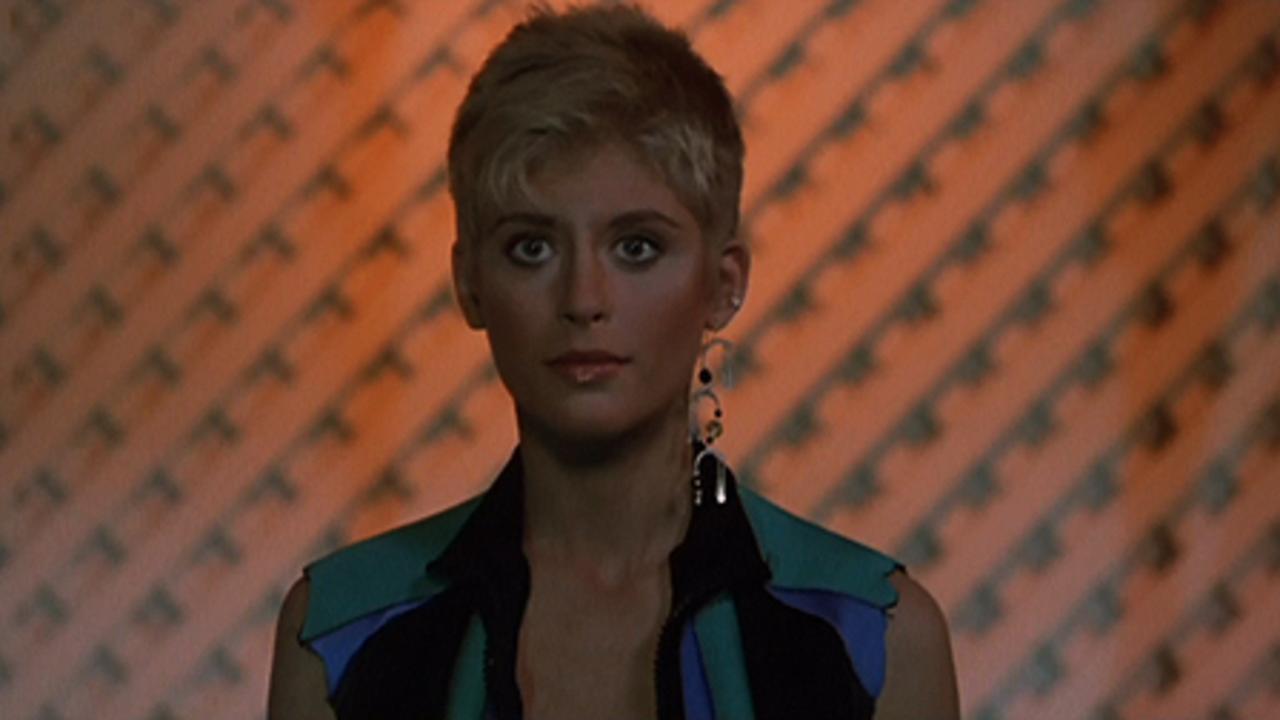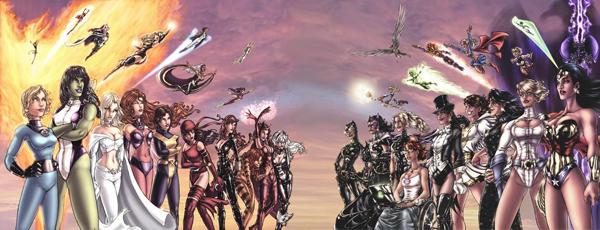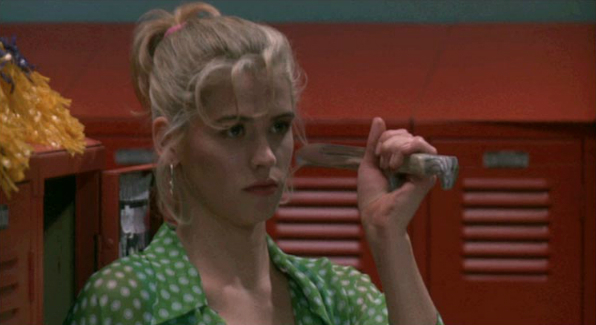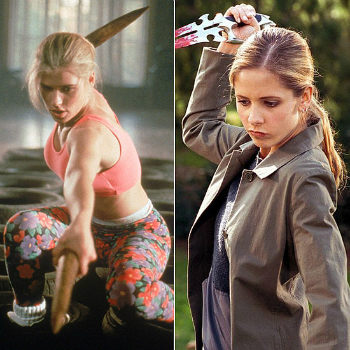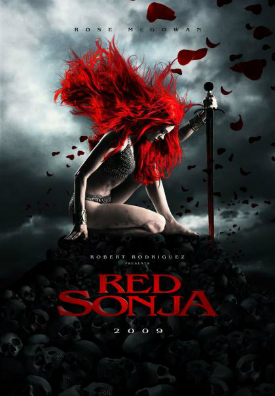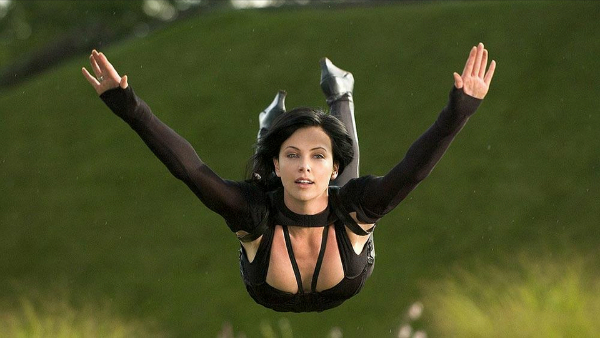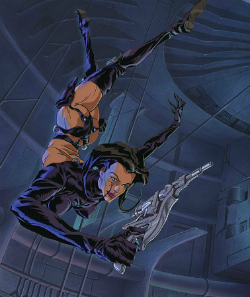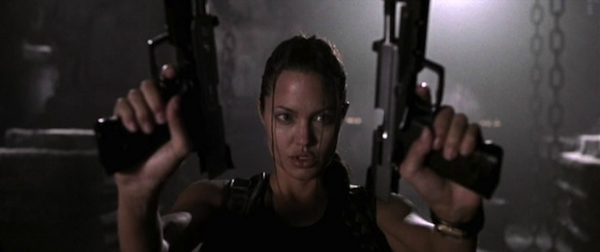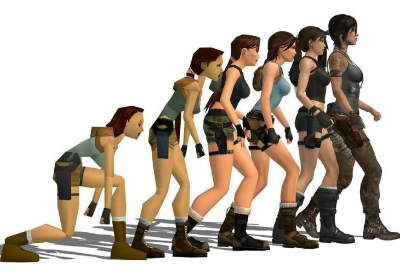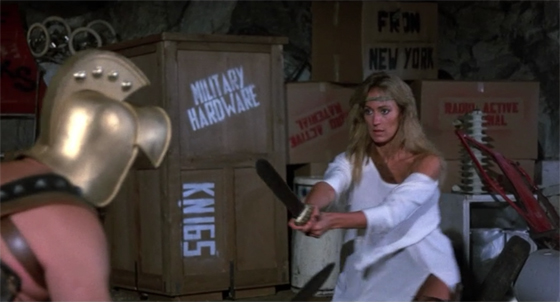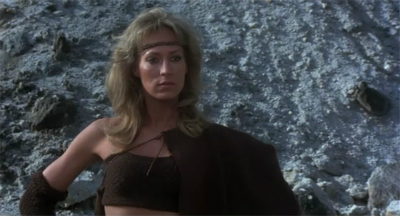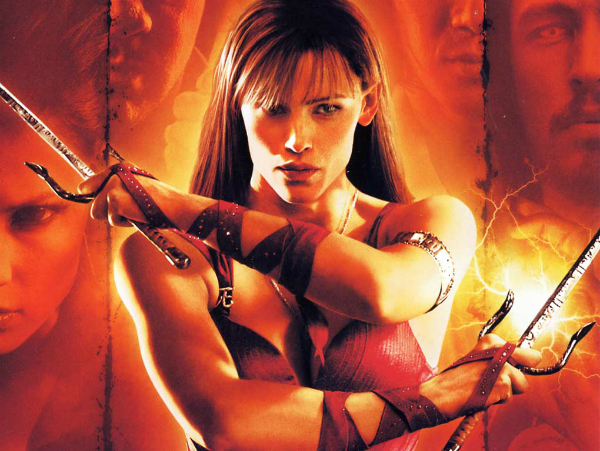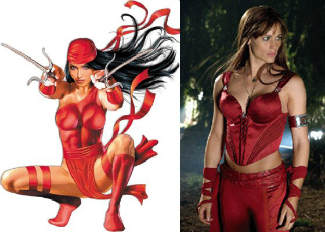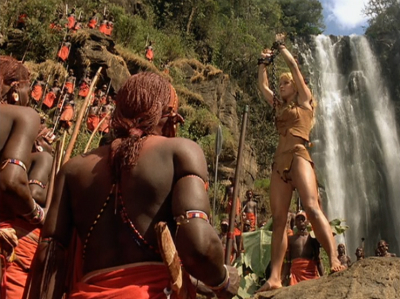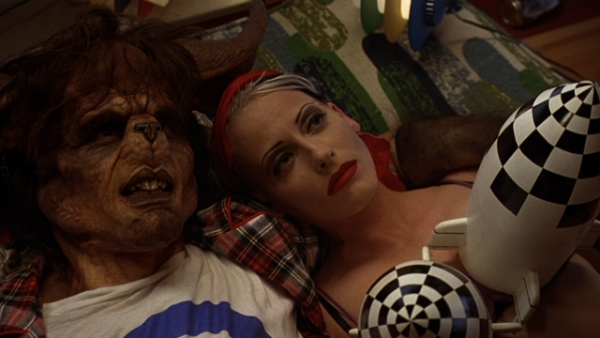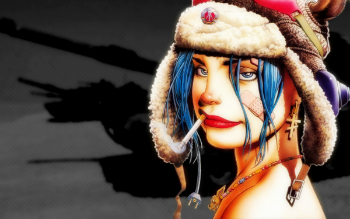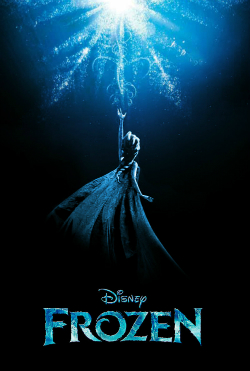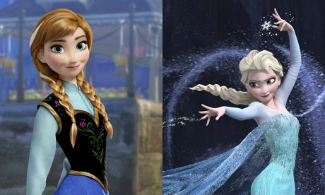 This guest post written by Horrorella appears as part of our theme week on Ladies of the 1980s. | Spoilers ahead.
This guest post written by Horrorella appears as part of our theme week on Ladies of the 1980s. | Spoilers ahead.
[Trigger warning: discussion of sexual assault]
The Legend of Billie Jean is a film that I found my way to only recently; a year ago, in fact. It wasn’t one of the 80’s teen classics that was endlessly rerun on cable every weekend throughout my high school and college years, so I didn’t have the opportunity to get to know the great Billie Jean Davy the way I got to know Samantha and Farmer Ted, Andie, Bender, or any of the other John Hughes characters. On the one hand, I wish that Billie Jean had been a character that I would have found in my teenage years. Her strength, her unwillingness to be beaten down, and the way she stands up for herself would probably have had a positive impact on my confused, teen self. But on the other hand, I’m glad I discovered her exactly when I did – in my 30s as I am surrounded by a new feminism and as women are beginning to be heard in new and exciting ways. I resonate with this character much differently than I would have at the age of fifteen, and even now, she has given me a new role model.
Though thirty years old, The Legend of Billie Jean speaks to me in a very real way, and mirrors issues that are still at the forefront of our conversation. It addresses questions of gender and class that are as real today as they were in 1985 and sets its story within the struggles against the patriarchy and the ruling wealthy class by people who all too often fall victim to those oppressions.
The film tells the story of Billie Jean Davy (Helen Slater), a teenager living in a Texas trailer park with her mother (Mona Lee Fultz) and her brother Binx (Christian Slater). At the opening of the film, the siblings drive Binx’s Honda scooter to a secluded river area to swim and try to escape the oppressive Texas summer heat. On their way, they cross paths with Hubie Pyatt (Barry Tubb) and his gang of teenage miscreants. Refusing to succumb to both his forceful advances on Billie Jean and his desires to push Binx around, the pair flee, but not before Binx splashes Hubie’s face with a milkshake as a means of distraction. Thinking they are safe, Billie Jean and Binx relax. Their respite is all too short, however, when Hubie and his boys track them down and trash the scooter in an act petulant of revenge.
Billie Jean reports the incident to the local police department, but finds the detective (Peter Coyote) to be less than helpful. She then goes to visit Hubie and his father (Richard Bradford) to claim the money necessary for the repair work: $608. Instead of simply paying up (oh, and maybe apologizing), Mr. Pyatt attempts to assault Billie Jean, telling her that she can earn the money through sexual favors. She is able to flee when Binx enters the store and threatens Pyatt with a gun, believed to be empty. The gun goes off (much to Binx’s surprise) and wounds Pyatt, offering an opportunity for escape. Knowing the magnitude of their situation and with little faith in the fact that anyone would take their word over Pyatt’s, the pair hit the road.
In the days that follow, the story of a young woman who just wanted fairness, equality, and a fair shake spreads. She becomes a hero figure to teenagers across Texas when she cuts her hair (inspired by Joan of Arc), dons a particularly inspired warrior look and makes a video decrying the harshness of a world that would believe Pyatt over her because of his money and his status as a man. All she wants is payment from Pyatt for the money owed for the scooter, decreeing, “Fair is fair!” It would become a rallying call that would be echoed by teens across the state and the theme of Billie Jean’s mission.
Through Billie Jean’s story, we see the harsh reality of a world where being affluent and male is everything that you need to survive. Pyatt never has any intention of just owning up to his son’s behavior and paying for the scooter repairs. He assumes he can take what he wants from Billie Jean (here, in the form of both money and sex) and nobody will protest or stop him because she’s a woman and poor. His status as a male figure protects him from any repercussions to his actions. He has no fear throughout this process that his story will ever even be questioned, and is free to proceed as he wishes. He has full control, and she can either bend to his will, or abandon her quest entirely. Even when Billie Jean fights back, she is forced to flee because her recent attempt at getting help from the police went unanswered. The world has proven that no one will believe the truth of the story — that Pyatt started the altercation and that Binx never had any intention of shooting the man, as he believed the gun to be empty.
As the story progresses, Billie Jean’s flight becomes more than just the desire to escape from a situation that sees her and her friends unfairly on the wrong side of the law. She wants wrongs to be set right. She wants Pyatt to pay the $608 he owes for repairs on the scooter – no more, no less. Fair is fair. She wants what she is rightfully owed and for Pyatt and Hubie to own up to what they have done and make it square. She wants dignity, and respect – truly, what she is after is equality.
Pyatt refuses to give her that equality. The reason the situation goes as far as it does it because he won’t admit that Billie Jean is entitled to the same treatment hat he would give someone male and of higher income were the situation repeated. Billie Jean is a trailer park girl and is of little value in his eyes. She is simply an object; someone that he can take advantage of, force himself on, and someone who nobody would believe even if she did make the truth known. His maleness and his wealth make him untouchable.
The film utilizes the Male Gaze throughout to allow us to see how Pyatt and his ilk view women. It is always used as a means of making women feel small, trying to force some sense of ownership on them. The first instance occurs during the initial altercation between the Davys and Hubie’s group of friends. Throughout all of it, one of the young men is photographing Billie Jean – her movements, her reactions, and most importantly, her body as she her climbs out of the pond and tries to prevent the group from taking the scooter, scantily clad and dripping wet. While she is on the offensive in that moment to try to prevent any harm from coming to her brother or to his property, he captures the sensual nature of the image and uses that shot as a means of holding power over her. She is in his sights – an object of prey. He can see her and thus, she is vulnerable.
Later, that photo becomes an iconic image of Billie Jean when it is released to the public and sold as posters at Pyatt’s beachfront pop-up store. He has assaulted her, he has refused to own up to his role in the altercation, he has refused to pay her what it owed, and now he is selling her. His final attempt at owning her by any means necessary. He has her image and he is profiting off of it.
Billie Jean serves as an icon to both feminism and to an ongoing class struggle. As her legend grows, kids and teenagers begin to look up to her and to see her as a hero figure. Even though most of the stories surrounding their exploits have been fabricated (often for the benefit of male businessmen who want the notoriety of having been held up by the notorious Billie Jean Davy), the teen populace of Texas identifies with her as someone bucking the system. Someone who refuses to play by the rules of the status quo when those rules are meant to benefit and serve a select few, rather than the downtrodden many. If the story were set today, Pyatt would be the 1% and Billie Jean would be the rest of us.
These themes of a class struggle are further illustrated by the inclusion of the scooter as a plot device. That scooter is Binx’s most prized possession. He was only able to afford it thanks to some insurance money that their father left behind when he passed away. This is a luxury item to them; something that Binx cherishes not only for its practical uses, but also because it represents a life he can only dream of. It is the one instance that he has been able to grasp of a life beyond the trailer park. And Hubie ripped it apart in a childish rage — not only as revenge for the milkshake incident (hardly a fair trade, mind you), but because doing so put Binx and Billie Jean back in their place. The destruction was a reminder and a warning against trying to rise above their roots and to invade the sacred space of those wealthier.
Within the film, Billie Jean’s story grows to make her something of a combination of a Robin Hood figure and a Bonnie and Clyde story. Her deeds are greatly exaggerated, but she represents something that resonates strongly with the community. She stands up and refuses to let a wealthy male figure walk over her. In a world where feminist issues are still prevalent (though thankfully, also a part of the conversation), Billie Jean remains a hero that we can all look to for inspiration. She demands the very definition of feminism – equality. She wants no more and no less than what is owed to her. Fair is fair.
Horrorella has written about film for Ain’t it Cool News, the Women in Horror Annual and on her blog at horrorella.com. She geeks out incessantly over movies, television, comics and kitties. You can gab with her on Twitter @horrorellablog.
